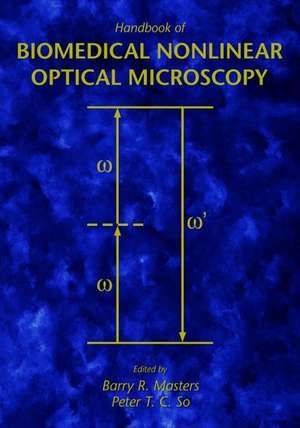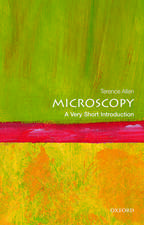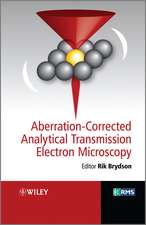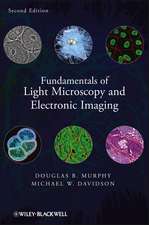Handbook of Biological Nonlinear Optical Microscopy
Editat de Barry R. Masters, Peter Soen Limba Engleză Hardback – 15 mai 2008
Preț: 630.50 lei
Preț vechi: 1152.97 lei
-45% Nou
Puncte Express: 946
Preț estimativ în valută:
120.68€ • 131.13$ • 101.44£
120.68€ • 131.13$ • 101.44£
Carte tipărită la comandă
Livrare economică 10-16 aprilie
Preluare comenzi: 021 569.72.76
Specificații
ISBN-13: 9780195162608
ISBN-10: 0195162609
Pagini: 896
Ilustrații: 74 colour and 195 b&w line illustrations
Dimensiuni: 257 x 183 x 48 mm
Greutate: 2.31 kg
Ediția:1
Editura: Oxford University Press
Colecția OUP USA
Locul publicării:New York, United States
ISBN-10: 0195162609
Pagini: 896
Ilustrații: 74 colour and 195 b&w line illustrations
Dimensiuni: 257 x 183 x 48 mm
Greutate: 2.31 kg
Ediția:1
Editura: Oxford University Press
Colecția OUP USA
Locul publicării:New York, United States
Recenzii
It should be in all University librares...this book, with chapters on theory and practice, will be very useful for the next-even this-generation of cell imaging, and we can all expect to be delighted with the aesthetics as well as the utility of the results!










